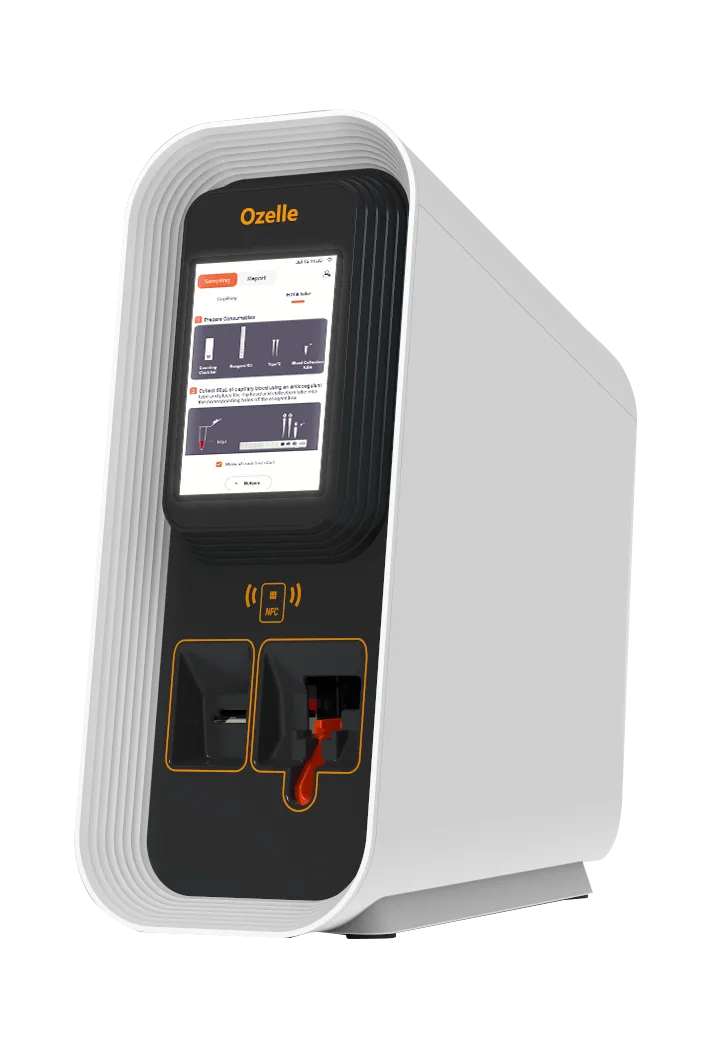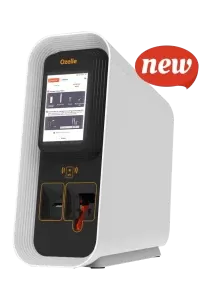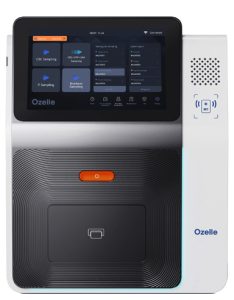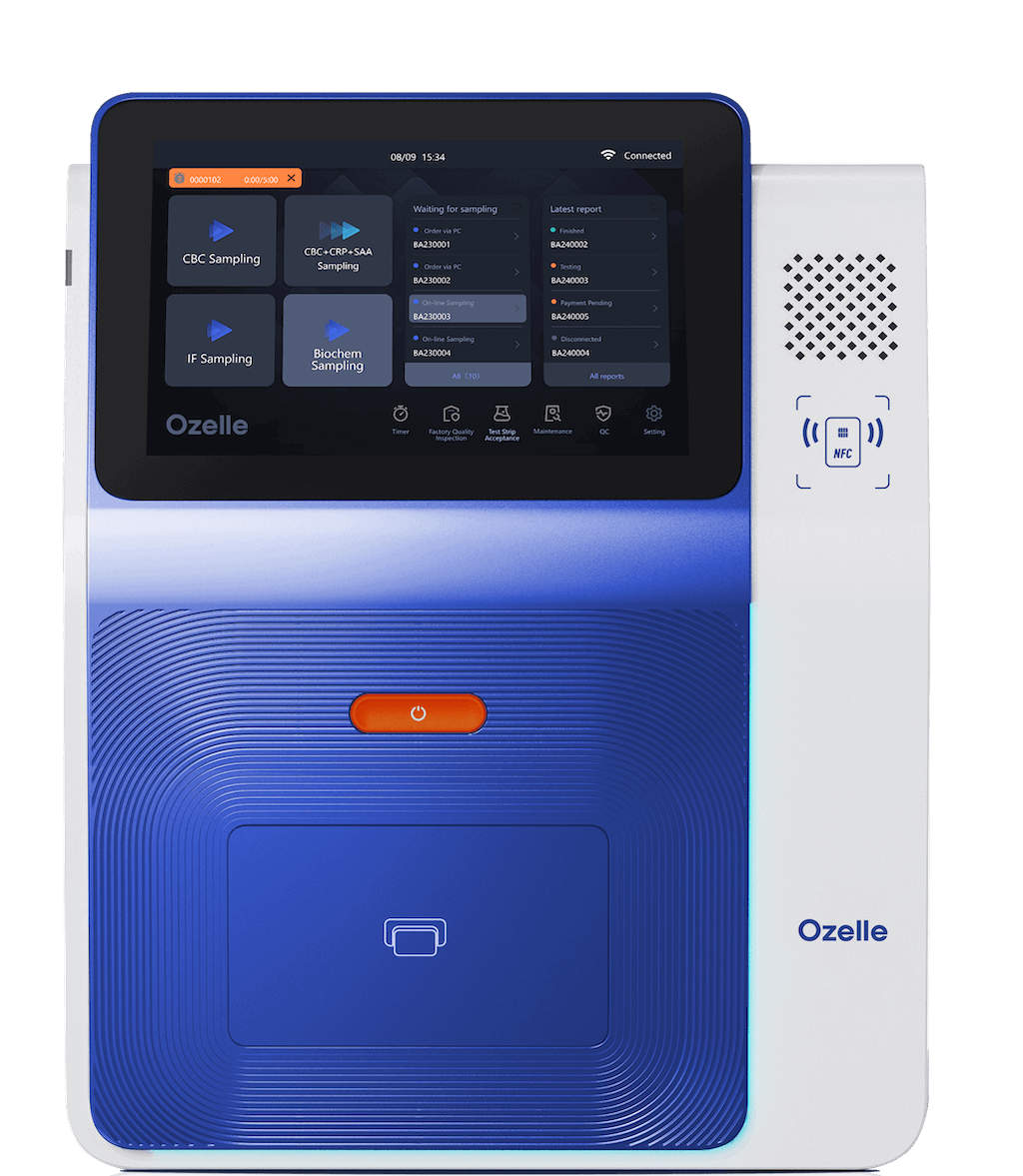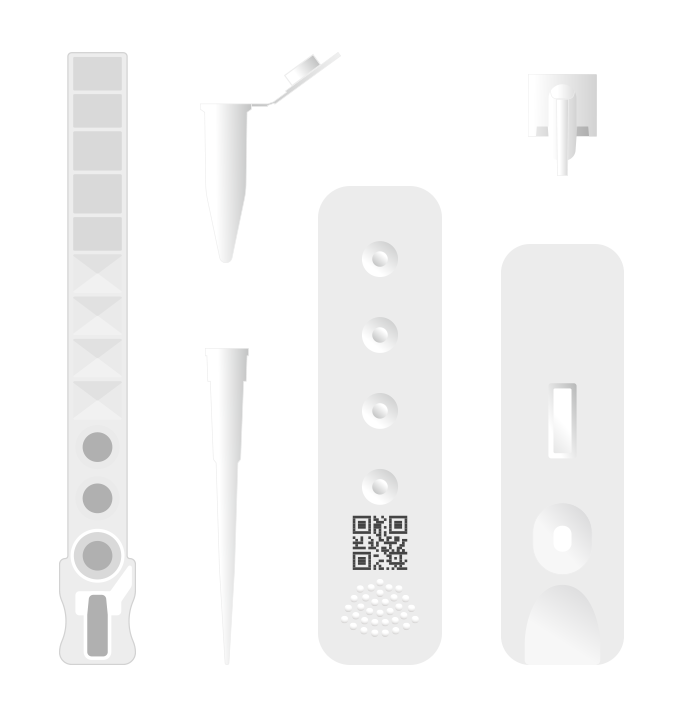Blood Testing in Remote or Primary Healthcare Settings
Blood testing in remote or primary healthcare settings presents unique challenges. They often don’t have much staff or equipment to get quick and accurate results. Auto Hematology Analyzers come in different types, primarily plug-and-play and pre-processing required systems. Knowing how these devices work and whether they fit well in tight or busy settings helps healthcare providers stay efficient and accurate without adding too much extra work.
Plug-and-Play Devices
These hematology analyzers are built to be straightforward. They allow healthcare staff to perform tests with minimal preparation. Users only need to insert the blood sample and consumables. The hematology analyzer handles all the steps automatically. This approach reduces the workload on staff and ensures consistent results, even in locations where highly trained personnel are scarce.
Pre-Processing Required Devices
In contrast, some hematology analyzers require manual sample preparation before testing. This process might include preparing blood samples by mixing, diluting, or processing them based on established procedures. These hematology analyzers can test more kinds of samples and give you different ways to run tests, but they also need the user to be more careful and experienced to use them properly. In environments with limited staff training, this may slow down workflow and increase the risk of errors.
Comparison of Plug-and-Play vs. Pre-Processing Hematology Analyzers
To see how these hematology analyzers perform in real world settings, there’s a quick comparison of key operational aspects between plug-and-play devices and pre-processing devices.
Plug-and-play hematology analyzers offer rapid and user friendly testing, especially in remote and primary healthcare settings. On the other hand, pre-processing hematology analyzers are better suited for well-equipped facilities managing complex sample demands. When selecting a hematology analyzer for remote or primary healthcare, clinics should balance ease of use, sample complexity, and available resources to ensure reliable results and efficient workflow.


